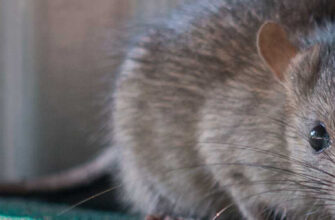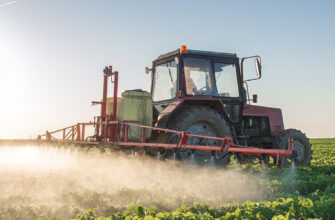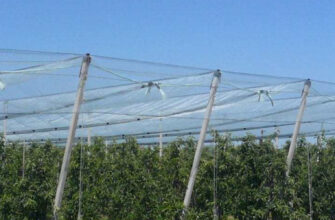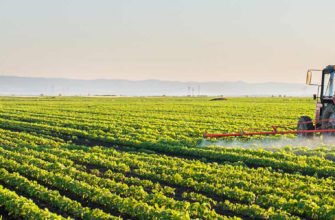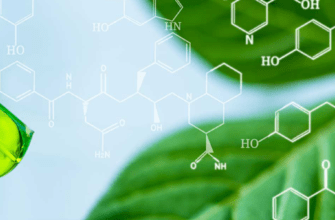Controlling weeds in crop fields is crucial, as they compete with crops for essential moisture and nutrients, serve as breeding grounds for diseases, or provide habitats for pests. To address this, herbicides were developed as an effective solution for weed management.
Herbicides are chemical pesticides designed to eliminate or suppress the growth of unwanted plants. A key advantage of chemical herbicides over mechanical weed control is their ease of application, which significantly reduces labor costs. This article explores the history of herbicides, their types, and their classifications.
History of Herbicides
The chemical battle against weeds has a long history. Initially, sea salt, industrial by-products, and oils were used for weed control. Selective control of broadleaf weeds in cereal fields was discovered in France in the late 1800s, and this practice spread across Europe. Substances like copper and iron sulfates, nitrates, and even sulfuric acid were employed.
Later, sodium arsenite was applied through spraying to treat railway rights-of-way, sugarcane plantations, and rubber plantations in tropical regions. However, this often led to poisoning of animals and, in some cases, humans.
In 1896, the herbicide Sinox was developed in France. During World War II, herbicides such as 2,4-D, 2,4,5-T, and IPC were introduced. These highly toxic herbicides were effective against weeds but were later deemed hazardous to human health and the environment, leading to their production being discontinued in many countries.
From the mid-1980s, certain crops were genetically engineered to resist specific chemical herbicides, particularly glyphosate. These genetically modified organisms (GMOs) enable effective chemical weed control, as the crops can survive herbicide applications. However, because these crops encourage increased chemical use rather than reducing it, they remain controversial due to their environmental impact and safety concerns.
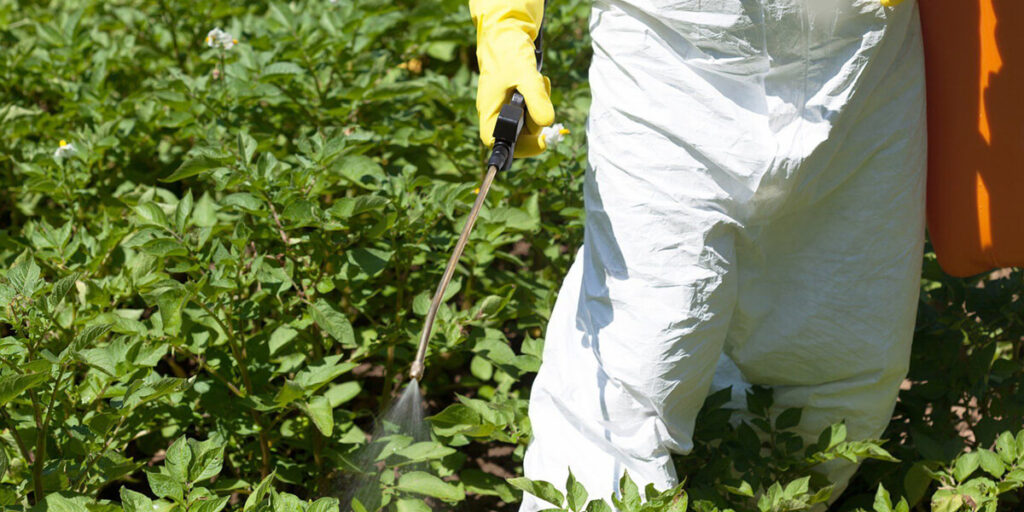
Classification of Herbicides
By Purpose
- Herbicides: Pesticides used to control weeds.
- Arboricides: Used to eliminate unwanted shrubs and trees.
- Algicides: Chemicals designed to combat algae.
By Spectrum of Action
- Selective Herbicides: These target specific weed or crop species without harming others. Selectivity depends on the plants’ anatomical, morphological, and physiological characteristics, the chemical structure of the herbicide, application rate, timing, method, crop and weed growth stages, environmental conditions, and other factors.
Selective herbicides are further divided into:
- Systemic Herbicides: Applied to plant foliage, these penetrate the plant and cause its death (e.g., Starane Premium, Fusilade Forte, Panther, Centurion, Salsa, Titus; for grassy weeds: Betanal Expert, etc.).
- Contact Herbicides with Soil Activity: Primarily act as contact herbicides but also have soil-based effects (e.g., Goal, Gesagard, Lontrel).
- Soil Herbicides with Contact Action: Primarily function as soil herbicides but can affect weed seedlings (e.g., Zenkor Liquid, Butisan, Bazagran, Frontier Optima, Piramin Turbo).
- Soil Herbicides: Create a protective barrier on the soil surface to prevent weed emergence (e.g., Triflurex, Stomp, Dual Gold).
Note: All selective herbicides with soil activity have a residual effect after application, which may be short-term (1–2 months) or long-term (1–2 years).
2. Non-Selective Herbicides: These chemical pesticides kill all plants. They are divided into contact and systemic types based on their mode of action:
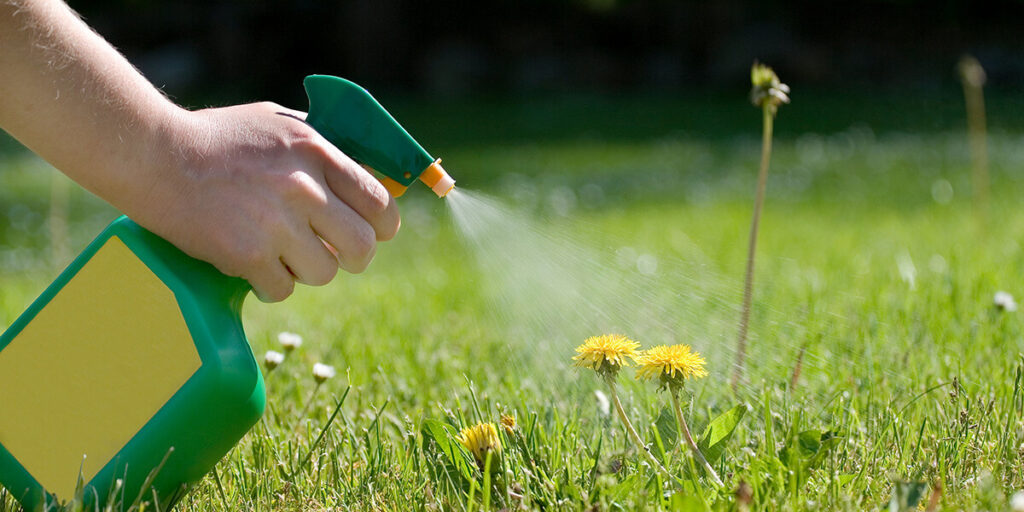
- Contact Herbicides: Destroy the foliage and stems of plants they contact (e.g., Reglone).
- Systemic Herbicides: Move through the plant’s vascular system, leading to its death (e.g., Roundup, Hurricane Forte, Tornado).
Tip: Non-selective herbicides are often used as desiccants, with contact herbicides being the most suitable for this purpose.
By Chemical Structure or Active Ingredient
- Aryloxyalkanoic Acids: Effective against broadleaf weeds.
- Dinitroanilines: Used to suppress annual grassy and broadleaf weeds but have limited effect on perennials.
- Carbamates: Derivatives of thiocarbamic acid, including desmedipham, phenmedipham, and prosulfocarb.
- Dipyridyl Derivatives: Destroy plant tissues at the point of contact, causing complete plant death within 2–4 days. Diquat, used for crop desiccation to facilitate harvesting of potatoes, sunflowers, etc., belongs to this group.
- Pyridine Derivatives: Non-selective herbicides, with picloram being the only active ingredient currently approved for use.
- Triazine Derivatives (1,2,4-triazinones and 1,3,5-triazinones): Selective herbicides for broadleaf weeds. Only metamitron and metribuzin-based products are currently approved.
- Sulfonylureas: Broad-spectrum herbicides with high biological activity, selectivity, long-lasting effects, and resilience to weather changes.
- Organophosphates: Widely used, with glyphosate being the most popular active ingredient. It effectively controls perennial rhizomatous weeds (e.g., couch grass, bindweed, dandelion, spurge, chamomile).
- Chloroacetanilides (amides, chloroacetamides): Selective soil herbicides for grassy and broadleaf weeds, applied before sowing or crop emergence.
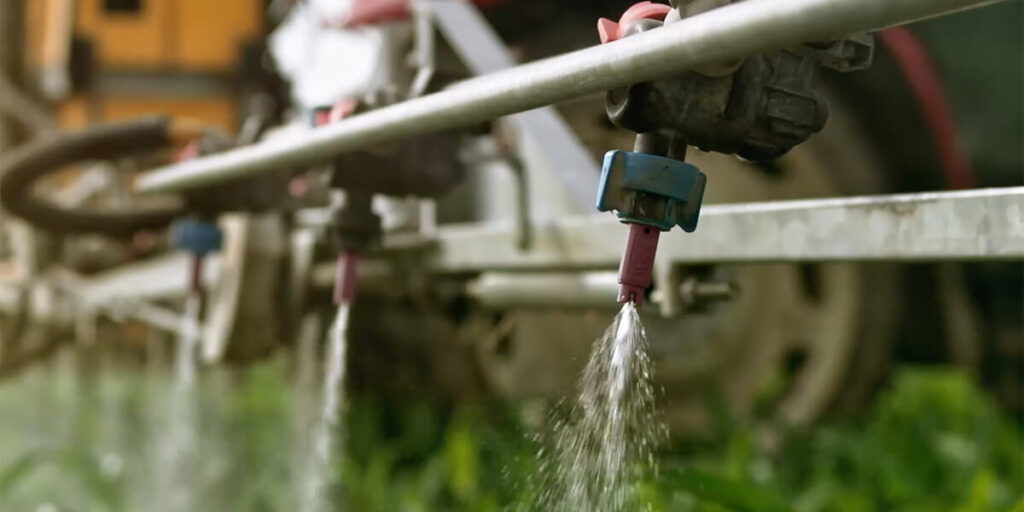
By Application Timing
- Pre-Emergence: Applied to fields before, during, or after sowing.
- Post-Emergence: Applied during crop emergence, at the tillering stage, or when weeds reach a height of approximately 5–15 cm.
By Application Method
- Foliar Herbicides: Chemicals applied to the above-ground parts of actively growing plants, such as shoots and leaves.
- Soil or Root Herbicides: Applied to moist soil as granules or through irrigation, including drip irrigation.
By Formulation
- Water-soluble concentrate
- Water-soluble granules
- Emulsion concentrate
- Suspension emulsion
- Wettable powder
- Aqueous solution
- Suspension concentrate
- Capsule suspension
- Oil-based emulsion, etc.
By Duration of Action
- Up to 1 month (e.g., 2,4-D, glyphosate, 2M-4X, phenmedipham)
- 1–3 months (e.g., bentazon, prometryn)
- 3–6 months (e.g., isoproturon)
- 6–12 months (e.g., dicamba, lenacil)
- Over 12 months (e.g., picloram, metribuzin, prometryn)
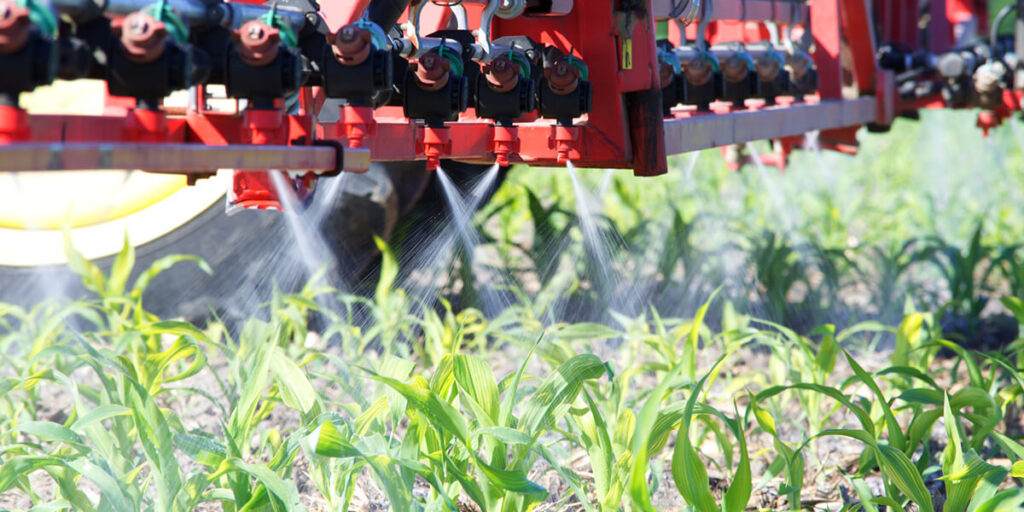
By Mechanism of Action
- Cell Membrane Disruption: Bipyridyls, triazolinones, diphenyl ethers.
- Inhibition of Amino Acid Synthesis: Imidazolinones, sulfonylureas, phosphonic acid derivatives.
- Hormone-Like Action: Phenoxyacetic, quinolinecarboxylic, benzoic, and pyridinecarboxylic acids.
- Inhibition of Fat Synthesis: Cyclohexanediones, benzofurans, aryloxyphenoxypropionates.
- Inhibition of Photosynthesis: Triazines, pyridazinones, carbamates, triazinones (systemic), nitriles, thiadiazines (contact).
- Inhibition of Pigment Synthesis: Isoxazolidinones, cyclohexanediones, some fluorine-containing herbicides (e.g., flurochloridone).
- Mitosis Inhibition: Chloroacetamides, dinitroanilines.
By Toxicity
- Class 1 (Highly Hazardous): Not recommended for agricultural use. These can be used only in extreme cases to control particularly dangerous or quarantined plants.
- Class 2 (Hazardous): Intended for use when necessary, applied only by trained professionals following strict regulations.
- Class 3 and 4 (Moderately and Low Hazardous): Approved for use under appropriate sanitary standards, rules, instructions, and recommendations. These can be applied via aerial or ground spraying for personal and private farming purposes.
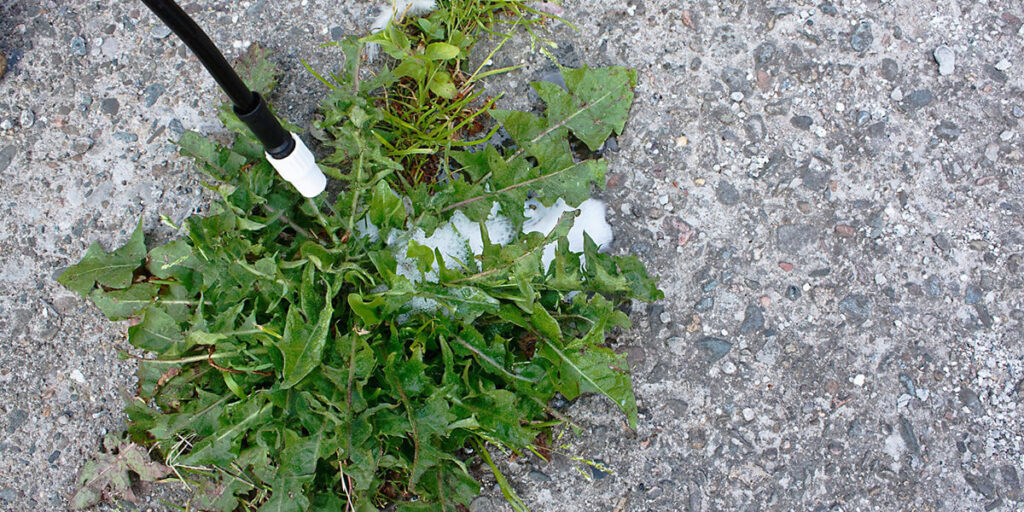
For crops intended for human consumption, only Class 3 and 4 herbicides should be used, strictly following the manufacturer’s instructions.
Herbicides have long been reliable tools for plant protection. Complete weed control requires adherence to detailed application instructions as recommended by the manufacturer.
If you have found a spelling error, please, notify us by selecting that text and pressing Ctrl+Enter.

